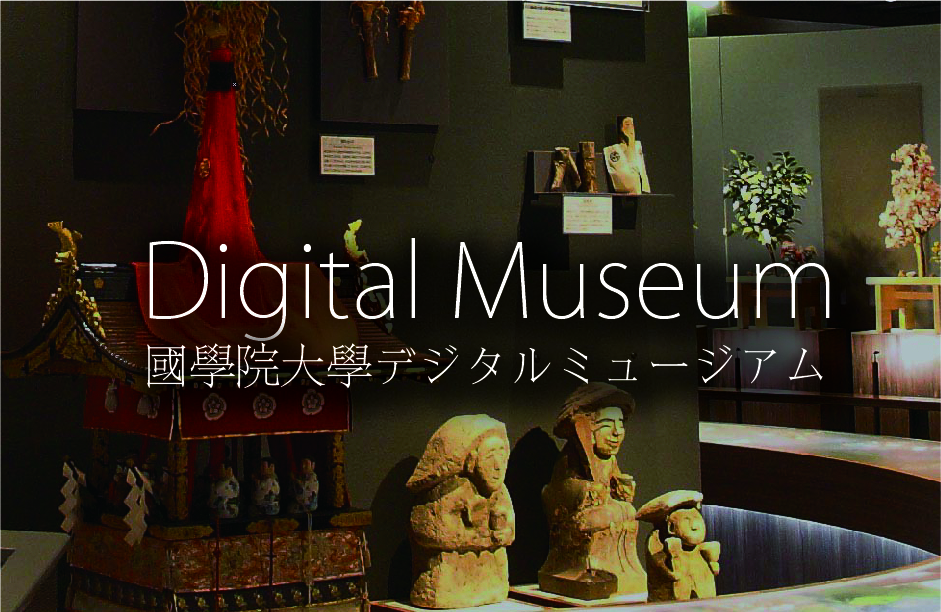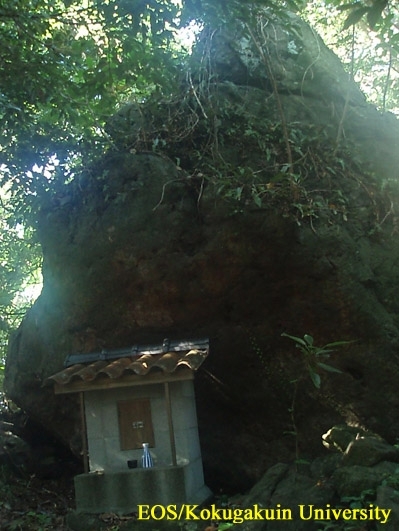- トップ
- Encyclopedia of Shinto
- Iwakura
Encyclopedia of Shinto
| Main Menu: | |
| Links: |
詳細表示 (Complete Article)
| カテゴリー1: | 4. Jinja (Shrines) |
|---|---|
| カテゴリー2: | Shrine Architecture |
| Title | Iwakura |
| Text | A formation of rocks considered to be sacred to which a kami is invited to descend for worship. Together with ishigami (stone-kami) and iwasaka, such forms of worship represent a type of rock-worshiping cult. As rites are repeated, the rocks themselves are worshipped as divine stones. Archaeological sites throughout Japan point show traces of such worship, with many are related to ritual worship. Such sites may be referred to by a variety of suggestive vernacular expressions including "divine descent stone," "divine sitting stone," "divine appearance stone," and "kami' footprint stone."The size and shape of the stones also vary widely. Such sites appear to have been worshiped since the neolithic Jōmon period, as suggested by such finds as the togari-ishi ("pointed stones") of Nagano Prefecture, and the sake-ishi ("salmon stones") of northeastern Japan, but rites were more frequently observed beside rock formations starting with the Yayoi-period sites of buried bronze bells (dōtaku), and especially in the tumulus (burial mound, or kofun) period. Large caches of mirrors, stone jewels, weapons, and earthenware utensils have been found at archaeological sites, in the same state as when they were when they were abandoned. In shrine rituals, sites of stones believed to be related to the shrine's kami (saijin) are still used as "resting sites" (otabisho) for the kami's portable shrine (shin'yo) or for the presentation of food offerings to the kami. At shrines called iwakura jinja, rock formations may be worshiped within or behind the shrine's sanctuary (honden), suggesting that such rocks were the focus of worship even before the formal establishment of the shrine. — Sugiyama Shigetsugu |





